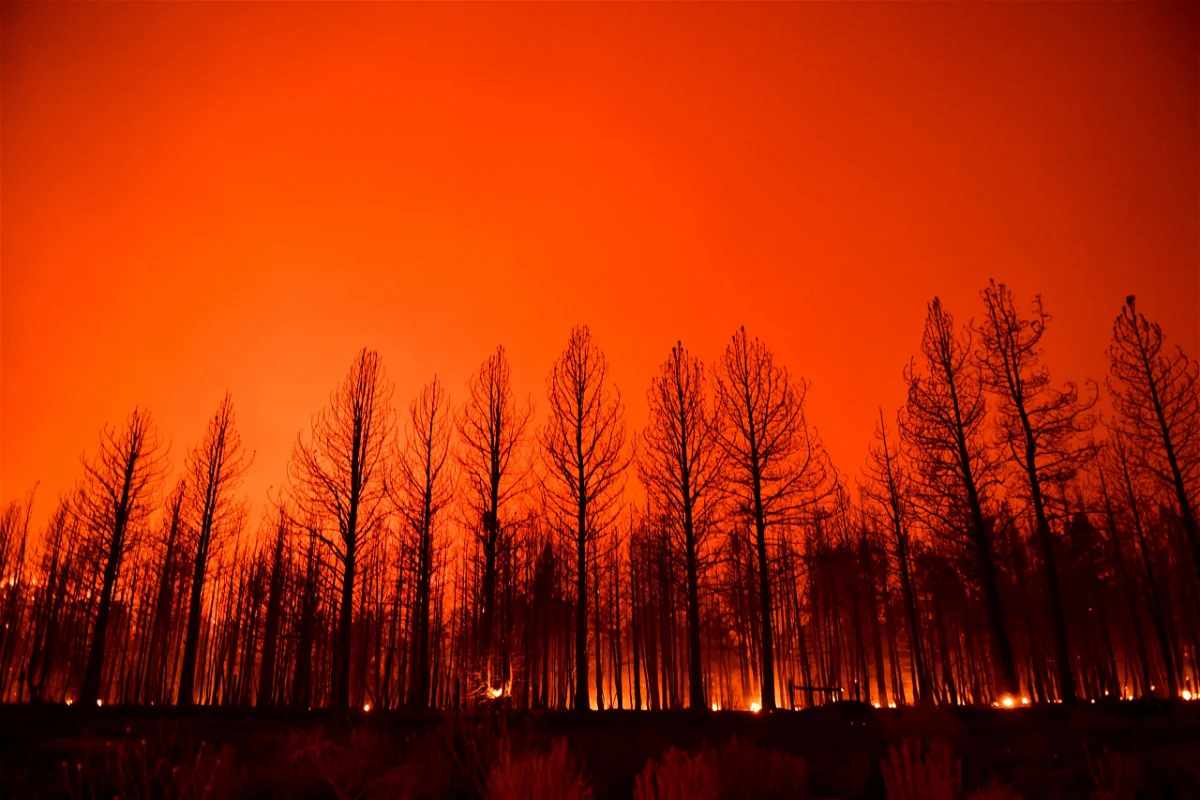
In a stunning reversal of decades of progress, global life expectancy at birth fell 1.6 years from 2019 to 2021, with 16 million of 131 million total deaths in 2020 and 2021 directly or indirectly attributable to COVID-19.

Scientists have discovered in Antarctic ice a strange link between past levels of atmospheric carbon dioxide and centuries-long global pandemics, reminding us of just how easily humans - or the lack thereof - can shape planet Earth.

With a fatality rate 20 times that of COVID-19, and no vaccine, Disease X could swiftly bring humanity to its knees.

Greenhouse gas emissions are at an all-time high, with yearly emissions equivalent to 54 billion tonnes of carbon dioxide.

Two groundbreaking reports offer insights into successes and challenges over the past three years—and make recommendations for how leaders can mitigate tragedies of this magnitude in the future.

Researchers looked at soil and lake sediment from Lake Hazen, the largest lake by volume north of the Arctic Circle. Sequencing segments of DNA and RNA found in the soil, the scientists sought to identify the pool of viruses present in the environment.

Cases of COVID-19 are extremely rare among people who are fully vaccinated, according to a U.S. data analysis. COVID- 19 breakthroughs occur at the rate of less than 0.008 % of fully vaccinated people.

The genes in question are related to interferons, the body's frontline virus fighters. Knowing which genes help control viral infection can greatly assist researchers' understanding of factors that affect disease severity.

A new study provides evidence of a mechanism by which climate change could have played a direct role in the emergence of SARS-CoV-2, the virus that caused the COVID-19 pandemic.

COVID-19 has devastated our world, but another pandemic could make things worse. Scientists outline ways to prevent pandemics, including ending wildlife trade.

Wildlife exploitation and the planet’s unsustainable food systems are enhancing the risk of a new zoonotic disease emerging, caused by a pathogen that has leaped from a non-human animal to a human.